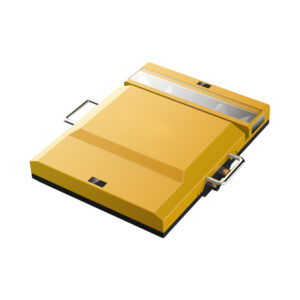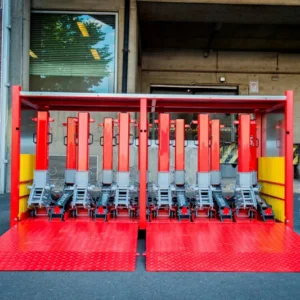
How Does an X-Ray Baggage Scanner Work?
You see them every time you go to the airport or enter a high-security building: the conveyor belts leading into large, gray cabinets. We all know our bags are being scanned for security, but what’s really happening inside that machine?
How It Work?
An X-ray baggage scanner is a sophisticated security inspection system designed to detect prohibited or dangerous items inside luggage without opening it. It operates using a carefully controlled beam of low-dose X-rays, providing fast, non-destructive imaging of the bag’s contents.
Here’s how the process works step by step:
The Step-by-Step Process Inside the Machine
Step 1: The X-ray Generation
The core component of an X-ray security scanner is the X-ray generator (X-ray source) — the most expensive part of the entire machine. However, there’s no need to worry about its safety. When the machine is powered off, it is completely harmless — no radiation or X-rays are produced.
The position of the X-ray source varies depending on the model. For example, in our HP-SE6040 X-ray baggage scanner, the X-ray source is located at the center of the bottom section of the machine.
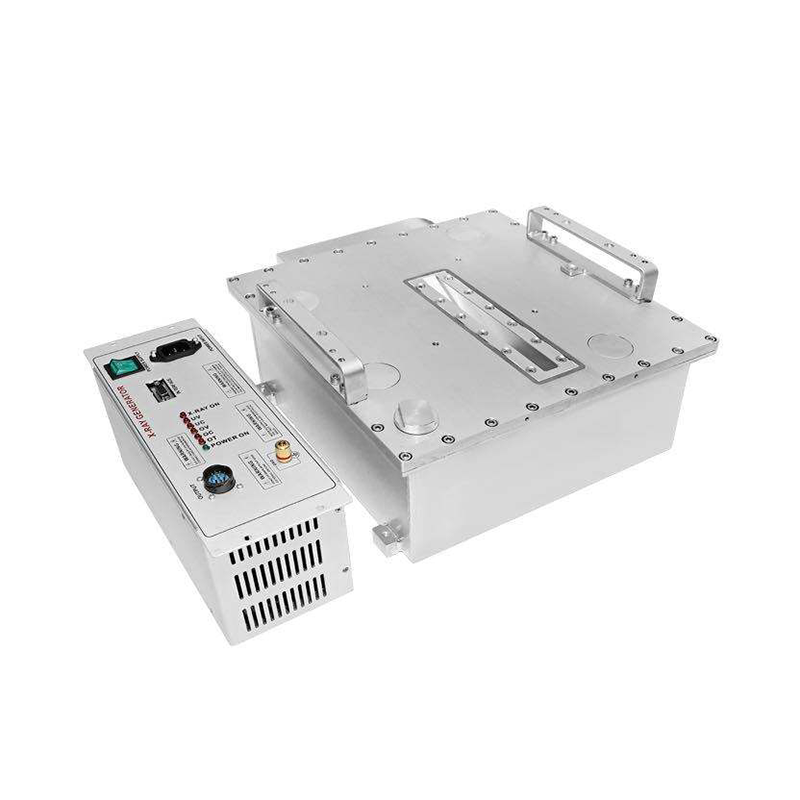
Inside every generator is an X-ray tube. When electricity passes through the tube, it accelerates electrons toward a metal target—usually tungsten. When these electrons collide with the target, X-rays are produced. These X-rays are not radioactive; they exist only while the machine is operating.
Step 2: Penetration and Absorption
As your bag travels through the scanner on the conveyor belt, the X-ray beam passes through it. Inside your bag:
Organic Materials (e.g., explosives, plastics, food, water): Low density, so they absorb very few X-rays.
Inorganic Materials (e.g., metals, glass): High density, so they absorb a large amount of X-rays.
Everything else falls somewhere in between.
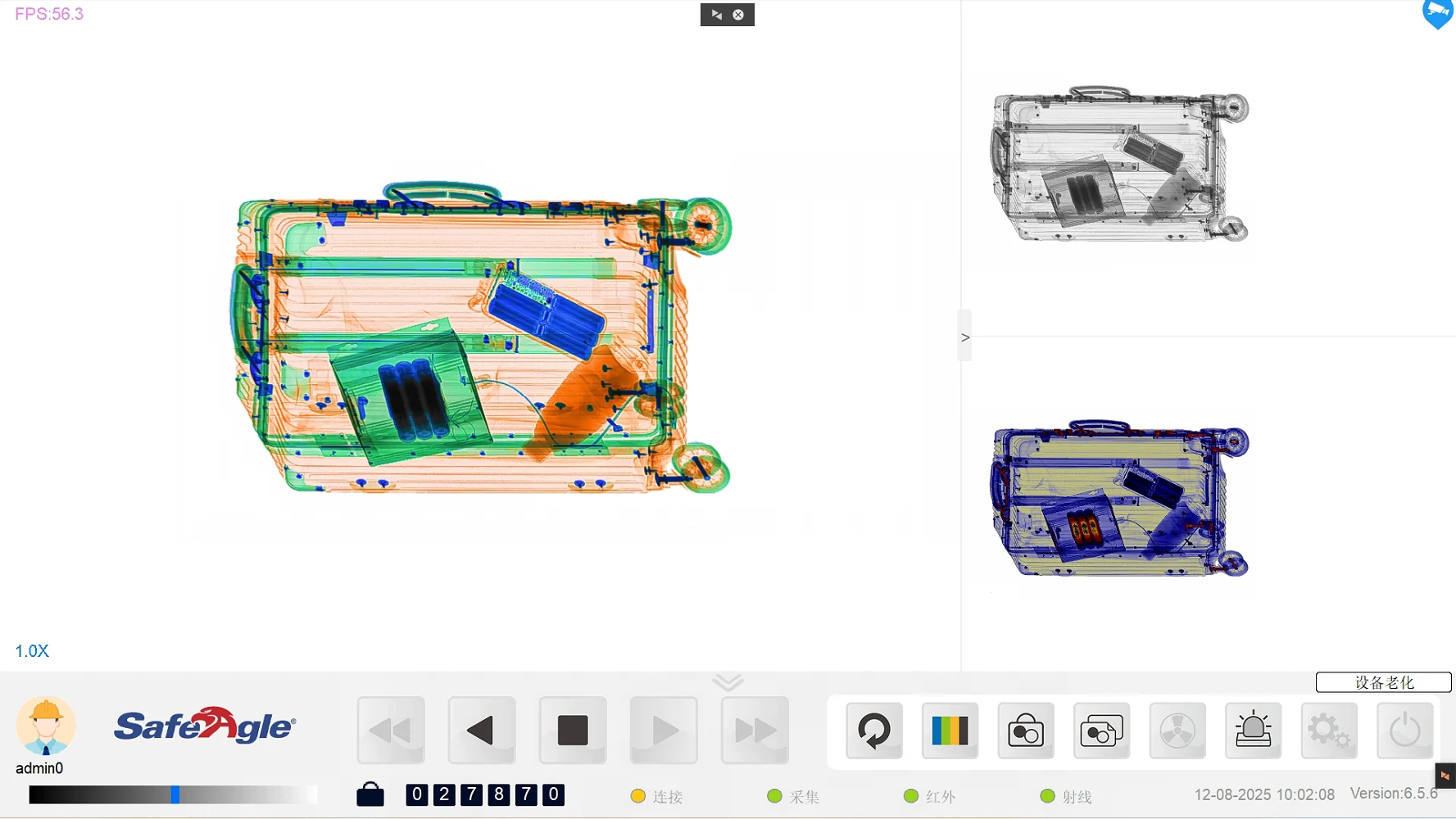
Step 3: Detection and Material Discrimination
This is where the real intelligence lies. On the other side of your bag, a digital detector captures the X-rays that made it through.
Modern scanners use Dual-Energy X-ray Technology. This means the scanner emits X-rays at two different energy levels.
By analyzing how a material reacts to these two different energy levels, the scanner’s computer can not only see the object’s shape but also identify its atomic number and approximate material type.

Step 4: The Color-Coded Image Creation
The computer instantly translates this data into a color-coded image on the security operator’s screen:
ORANGE/ORGANIC: Low-density materials like plastics, explosives, food, and water appear in shades of orange.
BLUE/INORGANIC: High-density materials like metals, knives, and guns appear in shades of blue.
GREEN: A mix of organic and inorganic materials, often used for items like glass, ceramics, and certain salts.
This color-coding allows a trained operator to instantly identify potential threats, like a metal weapon (blue) hidden inside a plastic explosive (orange).
The entire process takes only a few seconds, uses very low levels of radiation, and leaves no residual radiation on the items scanned. That means food, medicine, and personal belongings remain completely safe after passing through an X-ray baggage scanner.
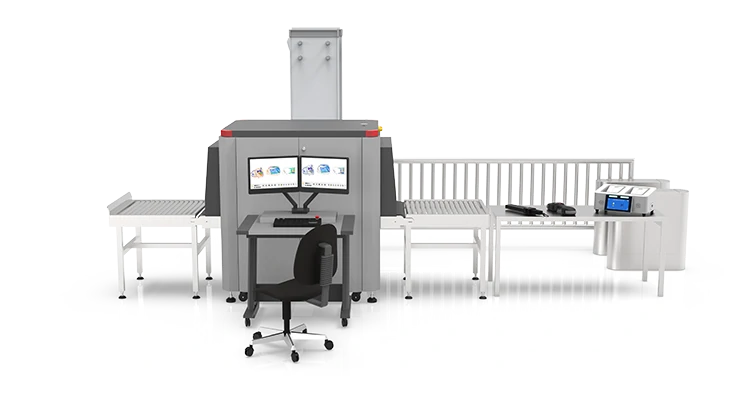
- By Safeagle

